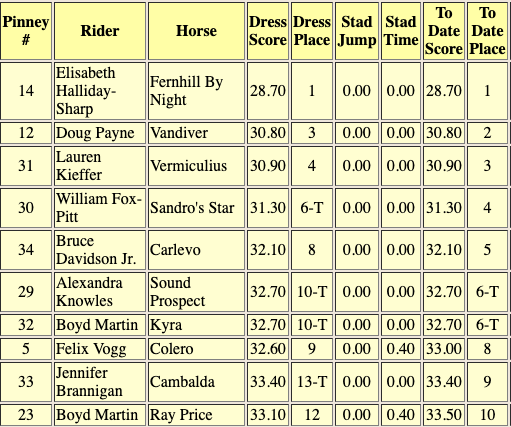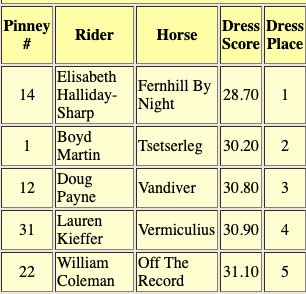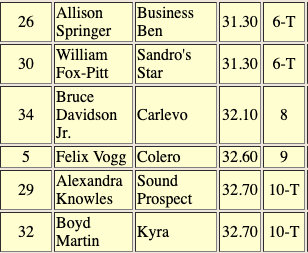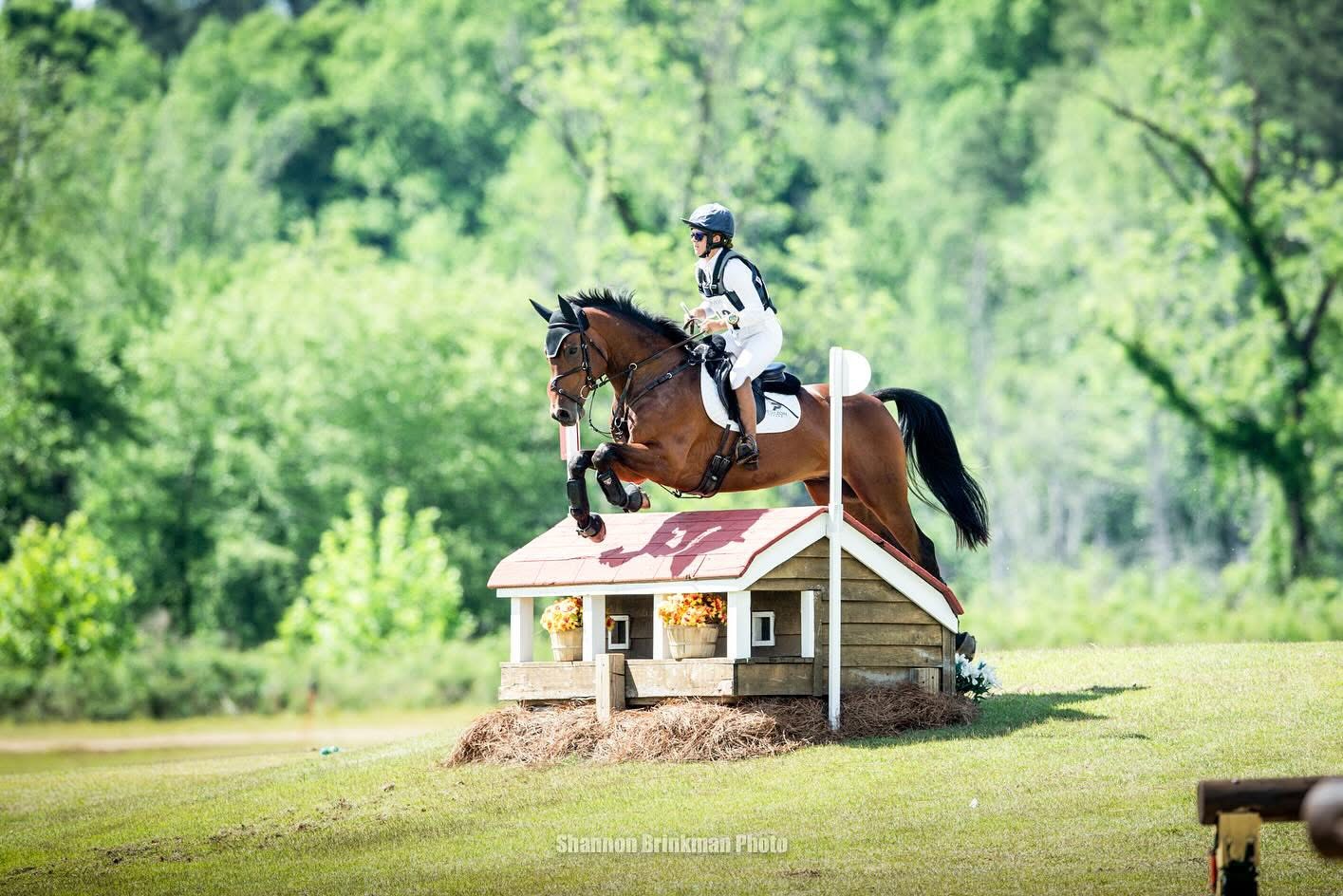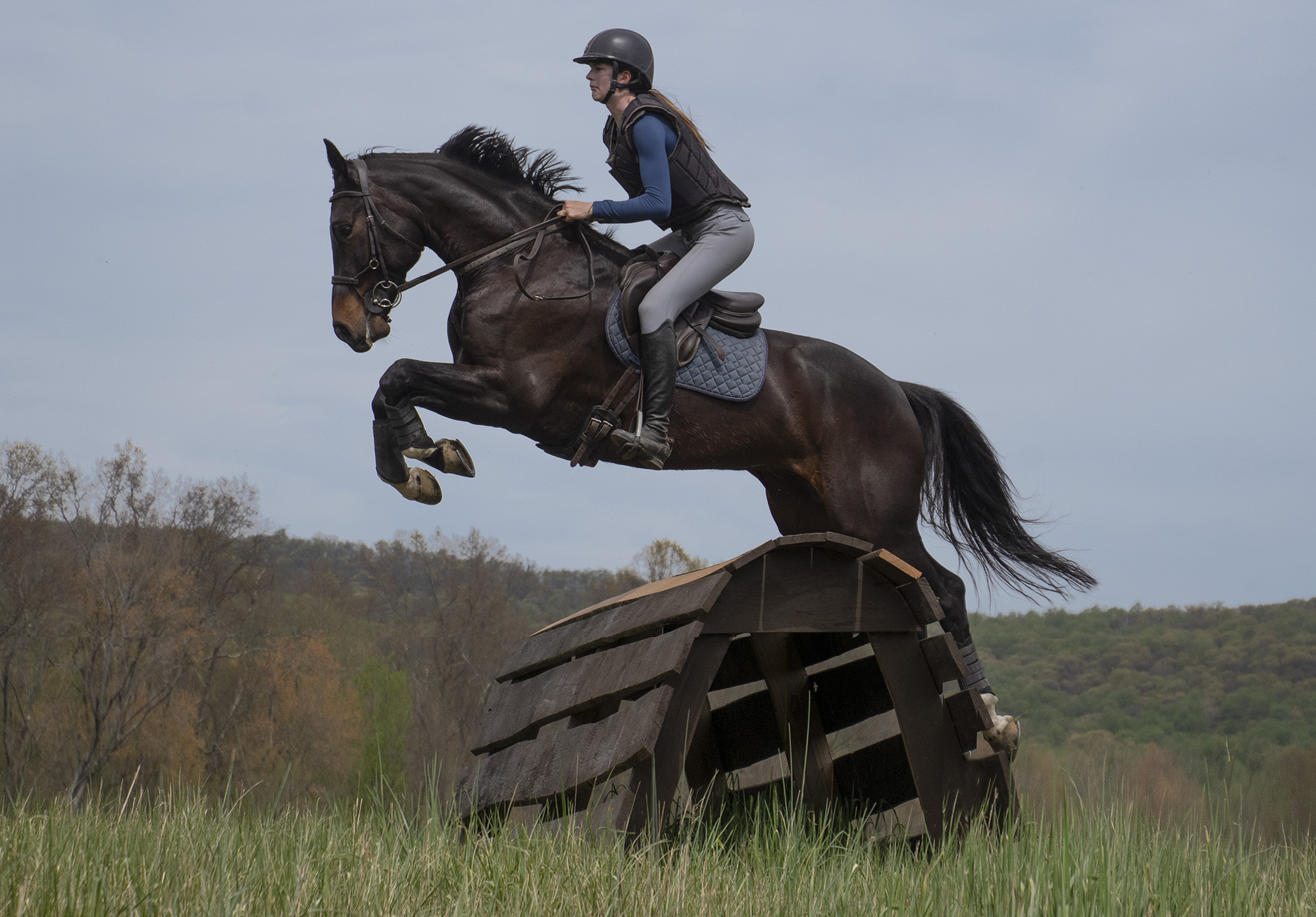Gird your loins, chaps: the countdown is ON to the Mitsubishi Motors Badminton Horse Trials, and we, for one, couldn’t be more excited — not least because this year is a special one. 2019’s competition is the 70th anniversary of the inaugural Badminton, and since its first running in 1949 the sport, the venue, and the characters within this epic story have changed and evolved significantly. To celebrate 70 years of brilliant Badminton, we’re going to be bringing you an extra-special inside look at the event and its rich and exciting history, every week from now until the competition begins on May 1. Consider the archives your own personal Gringotts, and EN your loyal turquoise goblin sherpas.
This week, we’re looking back at where it all began — the inspiration for, and organisation of, the very first Badminton…

Sixth at the very first running of Badminton, Captain Tony Collings and Remus would return a year later to take the title. Photo courtesy of Badminton Horse Trials.
The Birth of Eventing
Despite Great Britain’s reputation as the mecca of three-day-eventing, the country was actually a bit of a slow burner when it came to adopting the sport. In fact, it’s the French who can boast of the earliest iteration of it; their military competition, the Championnat du Cheval d’Armes, featured challenges resembling modern eventing as early as 1902. But it wasn’t until the king of Sweden’s Master of the Horse, Count Clarence von Rosen, got ahold of it in 1912 that the first true event was staged at the Stockholm Olympics, because why spend a few years ironing out the details of a sport when you could just chuck it into the most prestigious championships in the world and figure it out as you go along?
Open only to active military men on military horses, the ‘Militaire’ began with a 33-mile endurance ride, followed by a three-mile cross country course. The second day was a rest day, followed by steeplechase on day three, while day four was devoted to the showjumping test. Only on the fifth day did horse and rider enter the dressage arena — there, they would perform a 10-minute long test to a panel of seven judges, ostensibly to demonstrate their ability to perform in important military displays such as the changing of the guard, or in the parades that were often used to celebrate the country’s monarchy.
The test, called ‘Prize Riding,’ bore little resemblance to modern-day dressage: many riders rode one-handed, showing off movements such as ‘fast walk’ (bring this one back, please), Spanish walk, and gallop. Bafflingly, the test included five show jumps of roughly 1.10m (3’7), and one instance of Don’t-Try-This-At-Home: horse and rider had to jump an overturned barrel while someone rolled it towards them. Yeah, we don’t know either.

Sweden’s Axel Nordlander survives all 862 phases to take the individual eventing title at the 1912 Olympics. Many horses and riders would contest more than one discipline. Show-offs. Photo via Public Domain/IOC.
By the time the Antwerp Games rolled around in 1920, the decision had been made to scrap dressage altogether, proving that eventers are made of the same fundamental stuff, no matter which decade you find us in. But by 1924, some sadist decided it probably ought to be slotted back in.
The organisers of the 1912 Games had had a pretty appealing reason to pop dressage in at the end of the competition: “With respect to the order in which the various tests should be executed, it was thought best to place the prize riding last, as the clearest obedience-test could thereby be obtained. A well-trained horse that has been severely taxed should, even after taking part in the previous tests, be able to do itself justice in the final one too.” Paris, clearly laughing in the face of danger, reintroduced everyone’s least favourite phase at the beginning of the competition, and modern-day eventing was born, sort of.
Eventing Comes to England
Despite fielding a team at every Games, Great Britain had only managed to medal once in the equestrian disciplines, when they clinched a team bronze for eventing at the 1936 Berlin Games. But this wasn’t, perhaps, something to write home about — the fourth-placed Czechoslovakian team finished on an incredible score of 18,952 after one of their riders got lost on cross country, and then misplaced his horse, and took three hours to find his errant nag and his way home, after all. There was a lot to be done, but outside of the military barracks, no one in the UK knew, or cared, about eventing. Berlin’s Games — known as the Nazi Games — would be the last Olympics for two cycles: both the 1940 and the 1944 Games were scheduled and ultimately abandoned because of World War Two. In 1948, though, the Olympics were back — and this time, they were heading to London.
Embed from Getty Images
The three-day eventing competition was held at Tweseldown Racecourse, part of the Aldershot military complex and, to this day, one of the most popular one-day event venues in Britain. The host nation, with its rich equestrian history, expected itself to do very well in these disciplines, despite a shortage of equine talent — and far too little training time — after the ravages of the Second World War.
They categorically did not. Riding horses they’d only begun to school that spring, the British eventing team had just one finisher — Major Borwick made it to the end of the competition, while Brigadier Lyndon Bolton hit the deck twice and Major Stewart’s horse went lame before it could even begin the cross country. The competition was a wash-out for the Brits, but it did have one enormously important legacy: it introduced eventing to a hungry audience who had grown up on the hunting field and saw success in this exciting new triathlon-of-sorts as a birthright.
“It came as a rude awakening to find that we were not very good,” mused The Horseman’s Year some 11 years later, pointing out that “there is nothing which so gets under the skin of an Englishman as to be told he does not know how to ride.”
One Englishman and Olympic committee member in particular thought something ought to be done — and his conviction set the wheels in motion to create the heart of the sport in his home country.
A Star is Born
His Grace the 10th Duke of Beaufort, Henry Hugh Arthur Fitzroy Somerset, or ‘Master’ to his nearest and dearest, was a man of enormously high esteem. His sprawling Gloucestershire estate was home to one of the country’s most famous packs of hounds, and when he wasn’t carrying out his duties as Master of the hunt, the Duke could be found serving as Master of the Horse to the royal family, a position he would hold for a record-breaking 42 years, serving under three sovereigns. He took equestrian sport incredibly seriously; in 1933 he headed up a committee that would establish the London International Horse Show at Olympia, which remains one of the country’s most beloved horsey establishments, and he was vice president of the FEI and the BHS, too.
As such, he was one of the first people to see Great Britain’s immense potential for success in this exciting new discipline, and together with his close friend and British Horse Society council member Colonel Trevor Horn, he began to research the logistics and formalities of building an international-standard three-day eventing venue on his own Badminton estate. With the right infrastructure and a home competition at which to practise, he was sure that the British team could bring home a medal at the next Games. Somehow, he suspected, there was even a way to get past Britain’s deep suspicion of ‘dressage’, this ostentatiously continental pastime of silly circus tricks that seemed so thoroughly at odds with the fast and furious galloping and jumping the rest of the sport was based around.
He wasted no time. The BHS granted its approval and the Duke assembled an organising committee of military men, with Horn stepping into the daunting role of director. Horn’s legacy is, perhaps, one of the most overlooked — after all, he had just that one Olympic event to use as a reference point, and the FEI was yet to draft a set of rules for the sport, so he was working with the most raw of materials: a sprawling acreage, an end date, and a set of ideals. But that was all he’d need to create the blueprint for British eventing, and the rules he made up as he worked built the framework for the sport as we know it.

Photo courtesy of Badminton Horse Trials.
‘The Most Important Horse Event in Great Britain’
Britain in 1949 was an altogether different beast. Just a handful of years out of the devastation of World War Two, it was a nation rebuilding itself — and reexamining itself, too. The class system that had defined British society and culture for so long was unravelling; two long wars had shaken the country’s foundations and life was suddenly becoming much less Downton Abbey for all concerned. But it wasn’t quite there yet. Although it’s commonplace now to be able to walk into just about any stately country home you so choose, thanks to the ministrations of the National Trust and the need for the remaining ‘landed gentry’ to cover upkeep costs, back then access to these upper echelons of society was restricted to a privileged few, even in this new dawn. In fact, it was in 1949 that the first of the country’s many manor houses was opened to the public — that was Longleat House, an Elizabethan prodigy house set in sumptuous Capability Brown-designed gardens. Its acreage would later become home to the UK’s foremost safari park.

Come one, come all: despite dressage’s limited popularity in Britain, and some arguably poor examples of the discipline, spectators still flocked to watch the first phase in its old location on the north side of Badminton House. Photo courtesy of Badminton Horse Trials.
When the public realised they’d get the chance to make merry on the very same grounds frequented by the who’s-who of British society, they jumped at the chance. The crowds at the very first ‘Badminton Three Days’ Event: The Most Important Horse Event in Great Britain’ were considerably larger than its organisers expected at roughly 6,000 people, and once inside, they were given free rein. The dreaded dressage and showjumping took place in front of the house in those days, were only the horse inspections take place now, and rather than piling into grandstands, spectators and judges alike stood atop their cars or sat on straw bales to watch. The cross-country course wasn’t roped, and instead, people were expected to keep their wits about them and get out of the way of an oncoming horse — tricky, perhaps, when riders were allowed to take whichever line they so choose from one fence to the next.
Judges oversee the final showjumping phase:
Embed from Getty Images
Making a Go of It
Forty-seven horse and rider combinations put in entries for this intriguing new competition on the spring calendar, among them military men, hunters, racing types, Thoroughbreds, cobs, and, though they weren’t yet allowed to compete at the Olympics, women. Of the twenty-two eventual starters, a quarter were female. The highest-placed of the 1949 #girlpower contingent was Vivien Machin-Goodall, who would go on to be the first female three-day event winner.

The shopping was almost as good then as it is now. Almost. Photo courtesy of Badminton Horse Trials.
Even adjusted for inflation, entering the first iteration of the Badminton Horse Trials was as cheap as chips. The entry fee was just £2 per horse (roughly £69 in today’s money — a tenner less than an entry into Tweseldown’s BE80(T) or Beginner Novice class would cost you now), while the winner was promised a princely sum of £150 (£5190), a pittance compared to today’s first prize of £100,000.
But then again, the first Badminton was a gamble, with almost all of its first competitors admitting that they didn’t necessarily take it seriously — it was, in the words of David Somerset, who would go on to become the legendary 11th Duke of Beaufort, “just a sort of hunter trial” in that first year. But with its exciting and almost totally unprecedented sporting action, its friendly, laid-back feel — there was space to picnic at the Lake in those days, and you might find yourself eating your sarnies next to the royal family — and its promise of future Olympic glories, it would very quickly become a competition to be taken very seriously indeed.
Embed from Getty Images
For all its risks, the very first Badminton proved a hit with competitors and spectators alike, totting up a grand total of £20 (£694.25 today) in profit. Before too long, smaller events began to pop up around the country. Just as Badminton had been devised as a way to train for the ’52 Helsinki Olympics, these events were intended as a way for riders to train for Badminton, creating a funnel system that would eventually become a set of distinct levels. Badminton — the topmost echelon of eventing — led the way, and the rest of the sport was built down from there. Now, Britain holds the most one-day and three-day events prior to Badminton of any country in the world.






